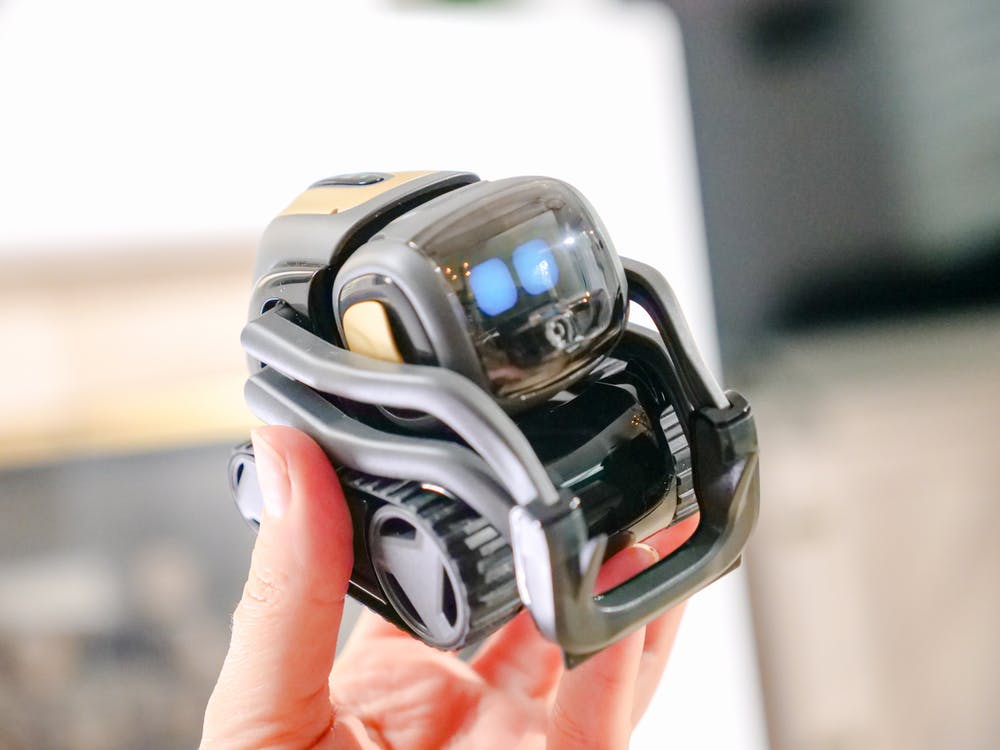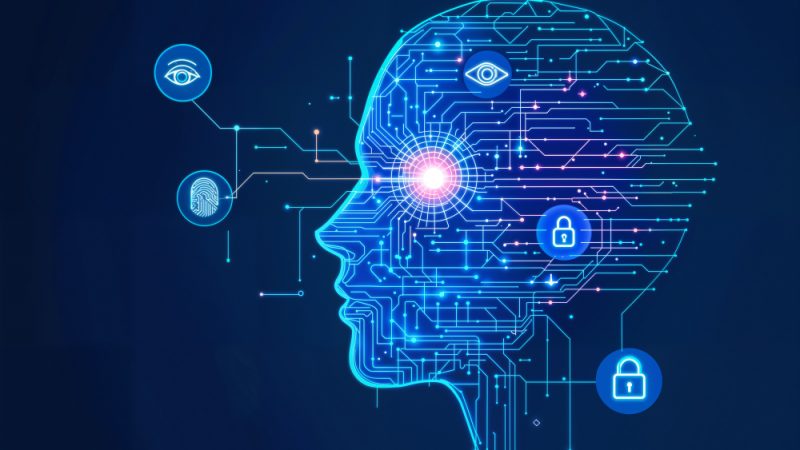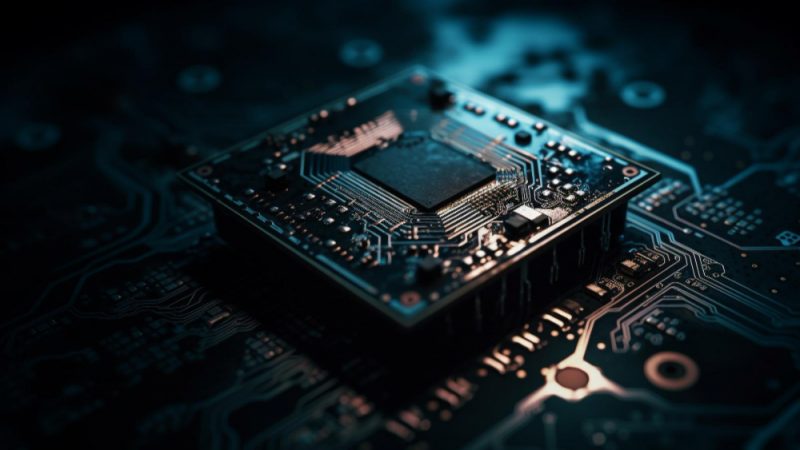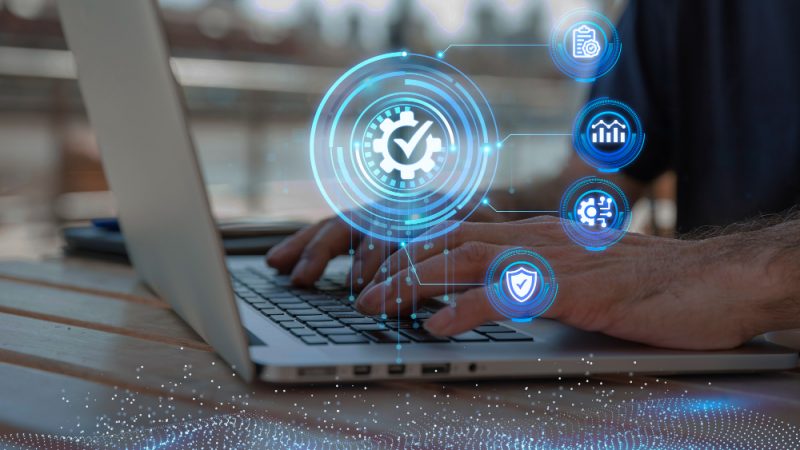The Latest Tech Helping Children With Special Needs

One in every nine children under the age of 18 years old receive special education services in the United States. Students with disabilities typically face a myriad of barriers to accessing education, but new technology is now providing teachers and students with numerous practical learning solutions. By embracing the latest innovations in edtech, students with disabilities can benefit from an improved learning experience.
Artificial intelligence
Artificial intelligence (AI) technologies help students with disabilities transcribe any kind of written notes, as well as use speech-to-text or Braille commands to generate fresh written documents. AI technology can also give students the relevant information they need to complete specific tasks, as well as provide tips and prompts along the way. Moreover, AI can be used by teachers to better customize student learning. By monitoring details like a student’s learning pace and preferences, teachers can use AI-generated student data to adapt and tailor each education plan more accurately to individual student needs.
Augmentative and alternative communication apps
Augmentative and alternative communication (AAC) apps are playing a key role in special education for children with conditions like cerebral palsy or Down Syndrome, or children who are otherwise nonverbal. In particular, apps for children with cerebral palsy are designed to help with communication and language comprehension. For example, TouchChat HD is a popular speech-generating app for children unable to talk naturally. The app provides both English and Spanish language options and allows users to select a voice that best suits their own personality.
Interactive whiteboards
Interactive whiteboards are widely used in classrooms today and feature apps, web browsers, video, and audio functions that can be adapted to suit children with a range of disabilities. Wireless rollerballs or joysticks, for example, can let students click the mouse remotely, while wireless keyboards also let students enter text from a distance. The AG Neovo IFP-6502, in particular, features 20-point multi-touch technology to let users navigate the screen with a special pen or their finger. The 4k 3840 x 2160 HD resolution ensures clear and crisp visuals. In some cases, students may also need support from an ADA-compliant lift to help them reach the touchscreen.
Innovative technology is helping students with special needs access a more rounded and fulfilling education. Artificial intelligence, AAC apps, and interactive whiteboards are just s






